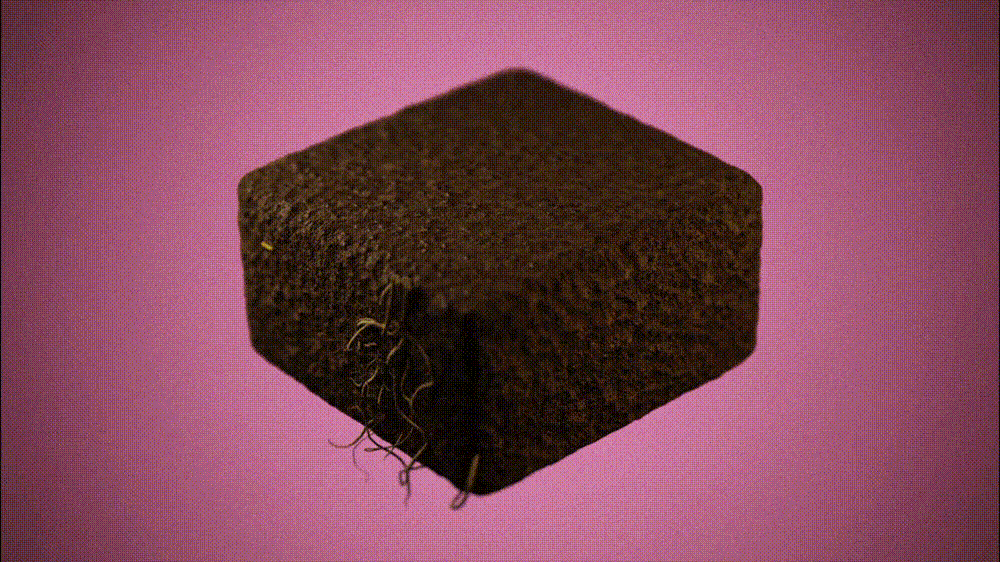
The biostimulant space can seem overcrowded. As one of the fastest growing crop input sectors in the world, the volume of products and sea of sameness in the space pose challenges for biological companies looking to increase adoption and make gains in market share.
For NewLeaf Symbiotics, the key to standing out in a crowded space comes down to a few key principles: scientific-rigor, performance-driven and data-backed results plus a little collaboration along the way. Over the past decade, they have harnessed the potential of pink-pigmented facultative methlytrophs – or PPFMs – testing them in the lab, greenhouse and field to solve some of farmers' most pressing challenges.
Their newly-released TS201 technology is an EPA registered bioinsecticide that repels corn rootworm (CRW) larvae and can be paired with their PPFM biostimulant offerings.
“Biologicals achieve their greatest potential when they can fill a gap in the overall crop input portfolio,” says Brent Smith, CEO and President of NewLeaf. “Our TS201 technology's ability to repel corn rootworm is a revolutionary new Mode of Action in the marketplace.”
Smith notes that the process NewLeaf follows with its PPFM strains is consistent whether it is for biostimulants, biocontrol, nitrogen use efficiency or mitigating greenhouse gas emissions.
“For us to succeed, we have to be driven by a science first mindset, and that's 100% our approach,” says Smith. “We had put in the work on the front end to genetically sequence 6,500 strains of PPFMs, but we have also worked with our processes in manufacturing to be easy to use for growers.”
Science-Led, Performance-Driven
For NewLeaf, the sequenced strains provided a blueprint for what's possible with PPFMs, informing their proprietary prescriptive biologicals knowledge base. NewLeaf knows what makes the organisms tick, helping to target specific genes across the library that may control insects or diseases or fight abiotic stresses.
“Our database accelerates our key learnings for PPFMs, reducing our upfront risk and providing a more cost effective approach to the research,” says Dr. Natalie Breakfield, VP of Research + Discovery at NewLeaf. “Our R+D team narrows down the strains with the greatest probability of success and tests from there.”
NewLeaf uses lab and greenhouse trials first to test capabilities of newly identified strains, followed by multilocation field trialing. For TS201, lab assays and field trials both proved beneficial.
”In the lab, we watched the corn rootworm larvae work their way toward the untreated root, but avoid the treated root at all costs,” says Breakfield. “In the fields, we've seen early season vigor, root regrowth, protection against lodging and more.”
The NewLeaf team may be science-first, but they also recognize the importance of performance.
That's why they coupled their new CRW bioinsecticide with a biostimulant. With CRW's unpredictability, adding a yield advantage through the biostimulant will help growers see a return on investment with or without CRW pressure.
“For NewLeaf and our partners in the industry to be successful, we need growers to see that success first-hand,” says Smith. “When farm budgets are tight, a product that drives results is one that farmers will depend on.”